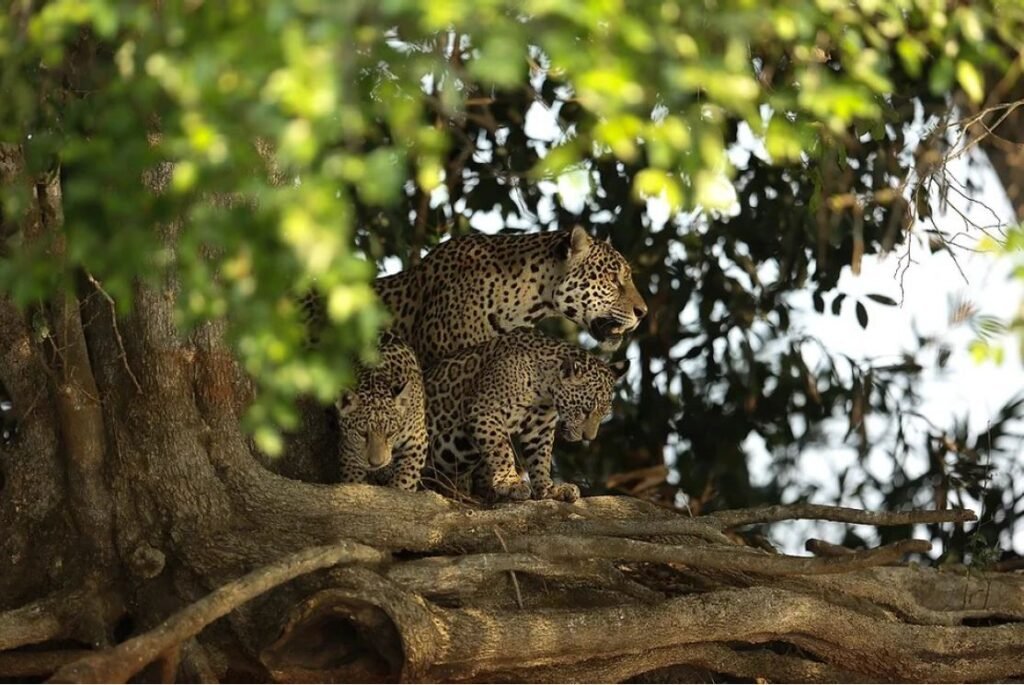The jaguar, the largest feline in the Americas, is one of the most elusive and difficult creatures to spot in the wild. However, in the Pantanal, tourists have the unique opportunity to observe these majestic animals in their natural habitat. With a jaguar population density higher than anywhere else in the world, the Pantanal offers an unmatched experience for nature and wildlife enthusiasts. Below, we explore the reasons why the Pantanal is the best place in the world to see jaguars.
1. High Concentration of Jaguars in the Best Place to See Them
The Pantanal is recognized as the best place to see jaguars due to its high concentration of these felines. Unlike other areas in South America where jaguars are harder to find, the Pantanal has a growing jaguar population thanks to conservation efforts and an abundance of prey.
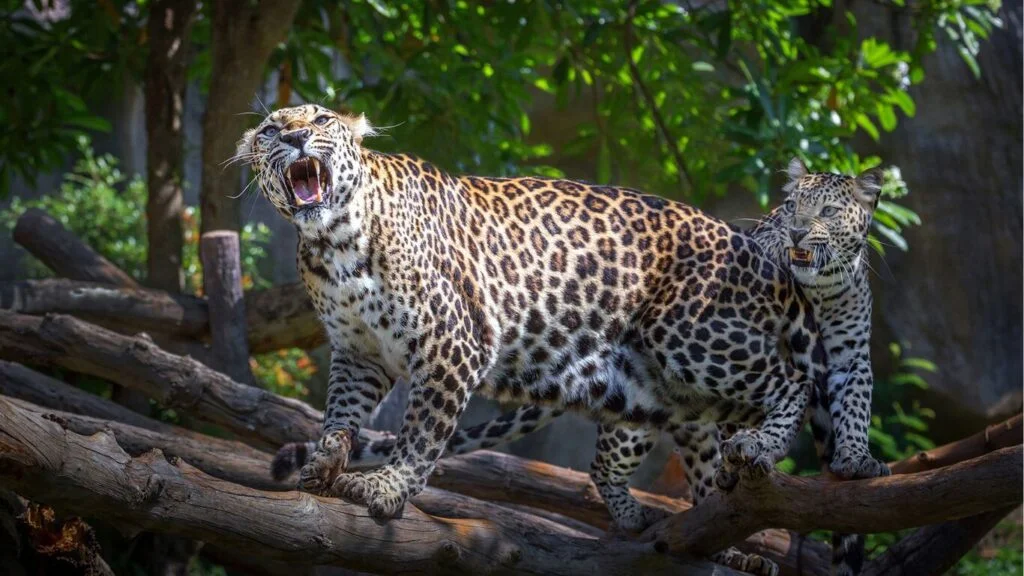
- Caiman Ecological Refuge: In this protected area of the Pantanal, more than 100 jaguars can be observed in a zone of less than 530 square kilometers, making it a hotspot for sightings of this feline.
- Abundant wildlife: Jaguars in the Pantanal have a constant supply of prey, such as capybaras, caimans, and tapirs, making them easier to observe. They can often be seen hunting or resting near bodies of water.
2. Guided Access to the Best Place to See Jaguars in the Pantanal
For wildlife lovers, this is undoubtedly the best place to see jaguars in their natural habitat. The Pantanal offers relatively easy access to areas where jaguars live, compared to more densely forested areas like the Amazon.
- Boat excursions: Many of the best experiences for observing jaguars in the Pantanal take place on boats, allowing tourists to navigate the rivers and lagoons where jaguars often search for prey or cool off in the water.
- Expert local guides: Pantanal guides are experts in jaguar habits and movements. Thanks to their knowledge and experience, they can take visitors to the most strategic locations, significantly increasing the chances of sightings.
3. Dry Season: The Best Time in the Best Place to See Jaguars
The dry season makes the Pantanal the best place to see jaguars, with greater visibility and opportunities for sightings. During this period, water levels drop significantly, concentrating wildlife, including jaguars, in smaller and more accessible areas.
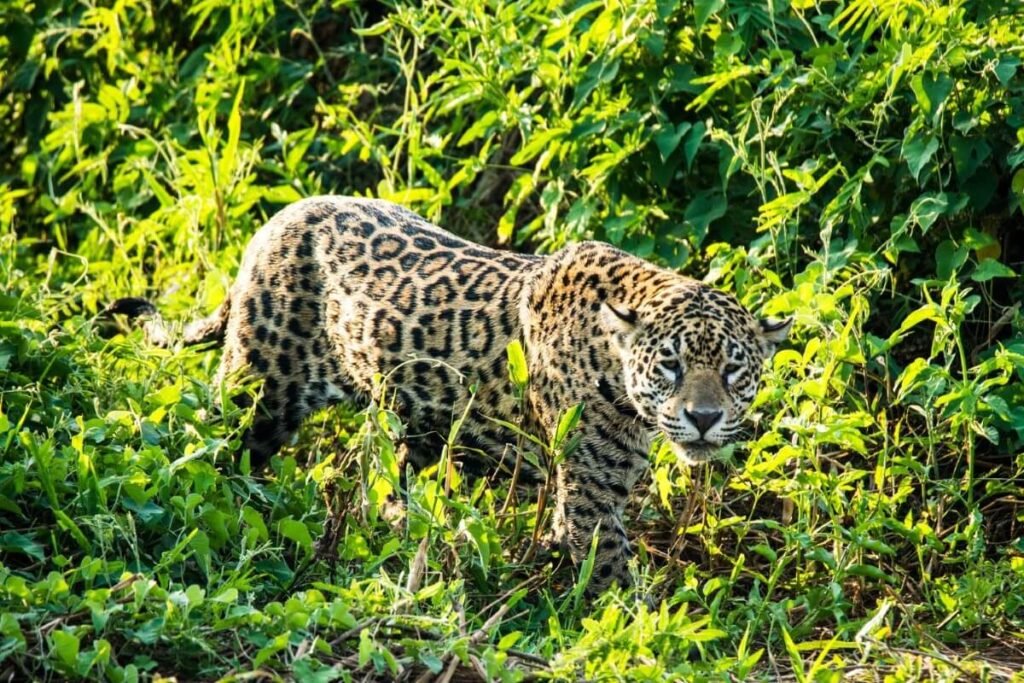
- Concentration of wildlife: The Pantanal’s fauna, including jaguars, tends to gather near water bodies during the dry season, making sightings easier. Tourists can watch jaguars hunting or resting along riverbanks.
- Less dense vegetation: Unlike other jungle regions, the Pantanal’s vegetation is not as dense, improving visibility and making it easier to follow the movements of jaguars.
4. Conservation Efforts in the Pantanal
Conservation efforts in the Pantanal have been crucial in increasing the jaguar population and ensuring that these felines can be observed in their natural habitat. Through collaboration between scientists, non-governmental organizations, and the ecotourism industry, jaguar conservation has made significant progress in the region.
- Conservation programs: Initiatives like the Jaguar Conservation Fund and the Panthera Foundation work directly with local communities and tour operators to ensure that ecotourism is not only a source of income but also a tool for the conservation of jaguars and their habitat.
- Benefits of ecotourism: The revenue generated by tourists coming to see jaguars has provided economic incentives to protect these felines and their prey. Sustainable tourism programs help mitigate conflicts between jaguars and ranchers, reducing poaching and promoting peaceful coexistence.
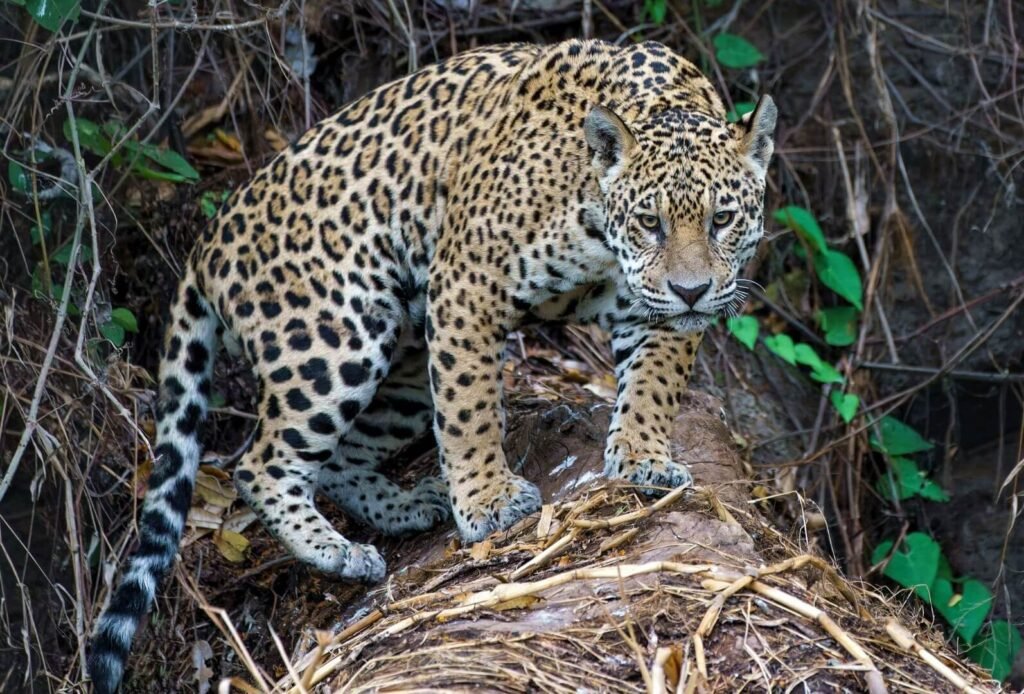
5. Customized Experiences and Specialized Tours
The Pantanal offers a wide range of specialized tours for jaguar enthusiasts. From photographic safaris to multi-day expeditions, experiences in the Pantanal are designed to cater to both casual observers and professional photographers.
- Photographic safaris: Photo tours are organized with experts in jaguar observation who know the best times of the day and the ideal locations to capture stunning images of these felines in their natural environment.
- Extended expeditions: For travelers who want to maximize their chances of seeing jaguars, there are multi-day expeditions that include tours of different areas in the Pantanal. This increases the chances of sightings, as jaguars can move great distances in search of prey.
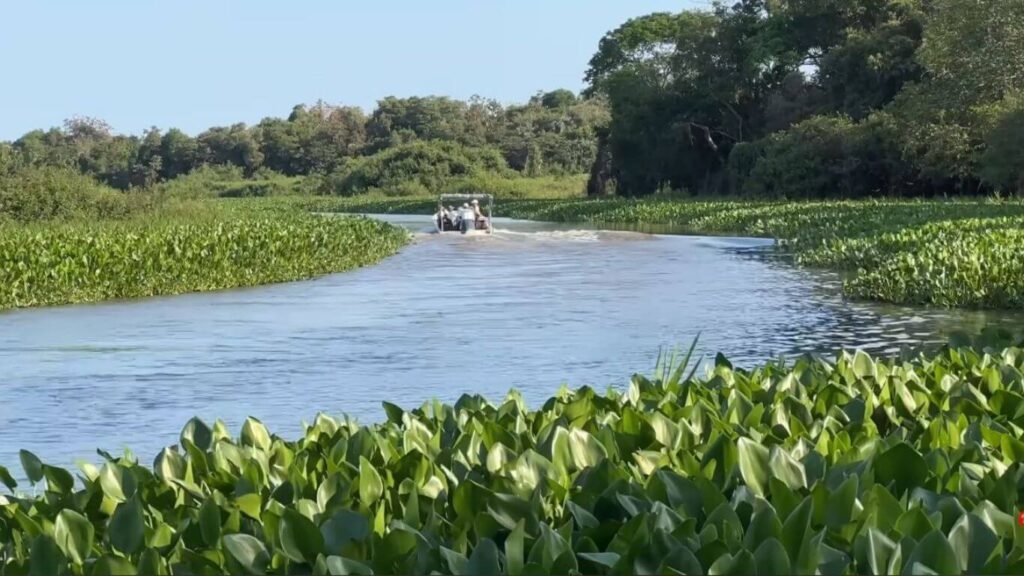
6. A Unique Ecosystem for Nature Lovers
The Pantanal is more than just jaguars. This vast ecosystem is home to an incredible diversity of wildlife, which means that while searching for jaguars, visitors can also observe other fascinating species. It’s common to see caimans, capybaras, toucans, giant otters, and hundreds of bird species.
- Interaction between species: Watching the interaction between jaguars and other species is part of the experience. It’s not uncommon to observe how jaguars hunt or face off with caimans, or how local fauna reacts to the presence of this top predator.
- Rich landscapes: The Pantanal is also a place of stunning landscapes, from vast flooded plains to winding rivers and gallery forests, making it a dream destination for any nature lover.
Frequently Asked Questions
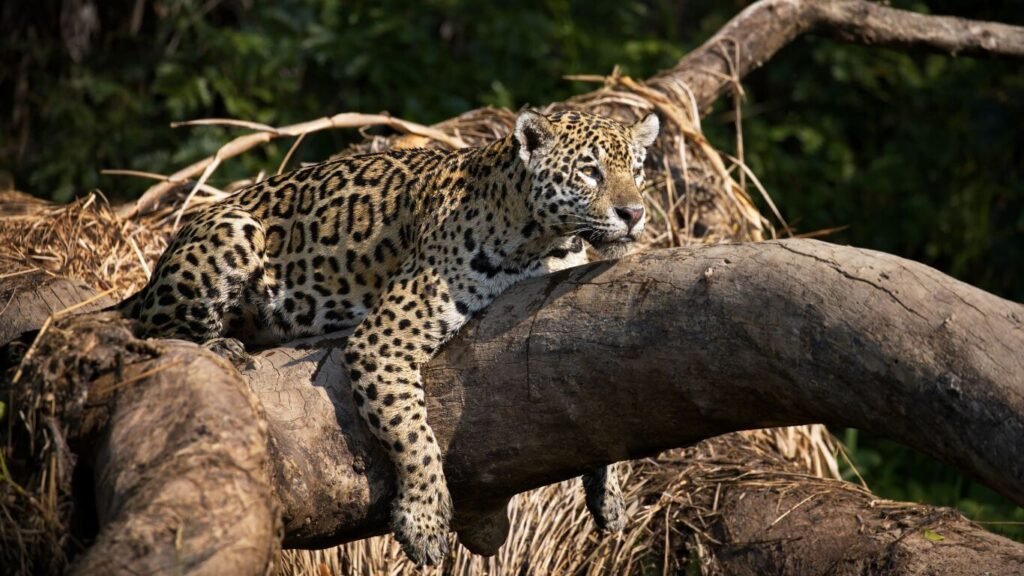
1. How many jaguars can I expect to see on a typical tour?
During a multi-day tour, it is possible to see several jaguars, depending on weather conditions and the guide’s expertise. In some cases, tourists have spotted up to 5 jaguars in a single day.
2. What is the best month to see jaguars in the Pantanal?
The best month is usually August when water levels are lower, and jaguars are more visible near the rivers. However, the entire dry season, from June to October, is ideal for sightings.
3. Is it safe to observe jaguars in their natural habitat?
Yes, as long as you follow the instructions of professional guides and respect safety rules. Jaguars are predators, but they do not pose a direct threat to humans if observed from a safe distance.
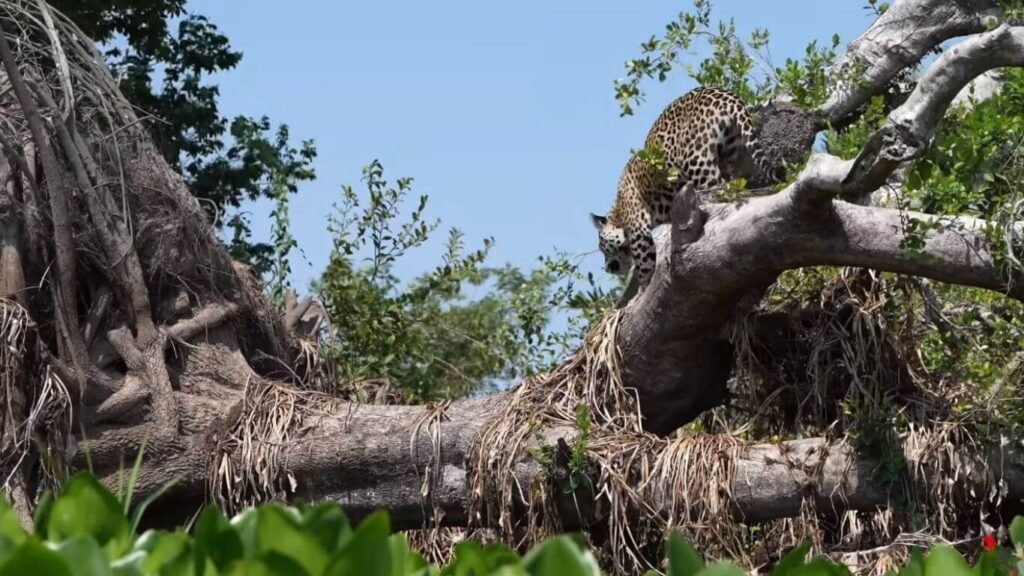
So, if you want to experience this unique adventure, don’t hesitate to make your reservation today with Lorenzo Expeditions. We look forward to sharing unforgettable moments with you in the Pantanal!

